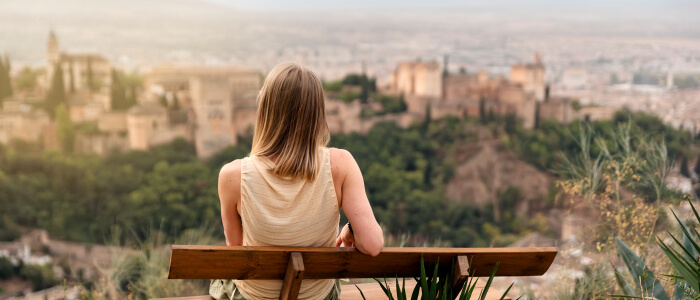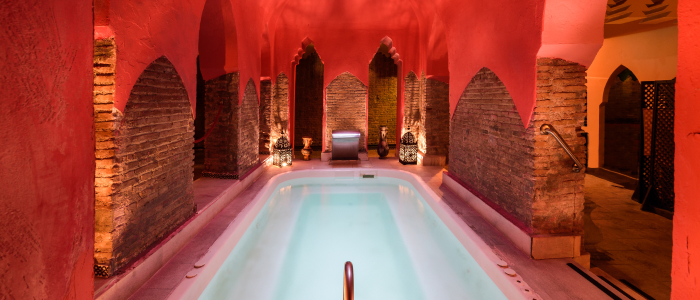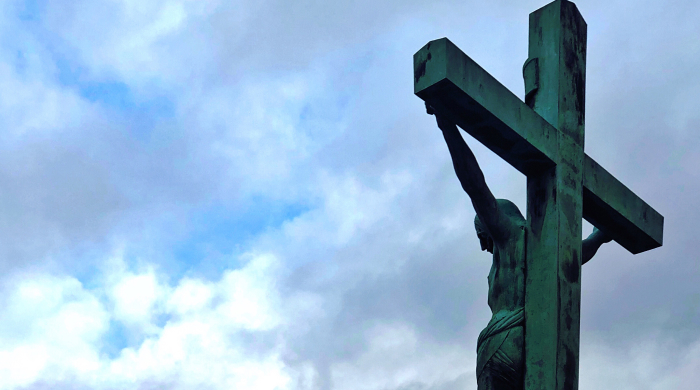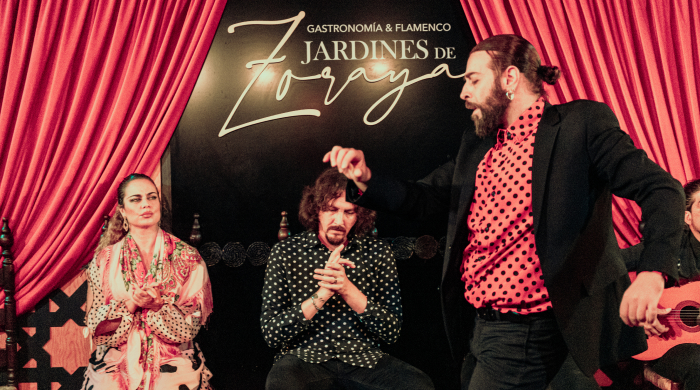UNESCO included flamenco in the Representative List of the Intangible Cultural Heritage of Humanity on November 16, 2010. This cultural manifestation, which is a unique and multiple art, is a main symbol of Andalusia’s identity.
Flamenco represents Andalusia all over the world, and since this date has the full support and backing of the world’s largest institution that protects and maintains the culture and traditional values.
Flamenco symbolizes us inside and outside Spain, being very present in both public and private festivities in our territory and beyond, being a valuable heritage of our elders, using the oldest tool of transmission of culture: orality.
It is an entire cultural industry, an economic engine that is even the subject of study; in addition to being a major tourist attraction, this art blends the past and the future, being one of the richest cultural manifestations in the world. Thanks to all these characteristics, UNESCO granted it its highest recognition for intangible culture.
Flamenco, recognition within and beyond our borders.
This recognition has already been granted by the autonomous community itself, which includes it in the new Statute of Autonomy, which requires public institutions to protect, disseminate and study this art.
This commitment also acquired with UNESCO means a total care to maintain the flamenco tradition and its promotion inside and outside Andalusia.
The Ministry of Tourism, Culture and Sports of the Regional Government of Andalusia seeks to professionalize the sector, strengthen the activity of its associations and advocate for the preservation of its roots and history, for its diffusion and knowledge, in addition to the maintenance of all kinds of parties and meetings dedicated to this precious art both in classic places and in the new flamenco spaces.
Why is flamenco a World Heritage Site?
Since November 16, 2010, the history of flamenco has changed. Unesco admitted this musical and cultural genre to the ‘Representative List of the Intangible Cultural Heritage of Humanity’.
This recognition continued with the creation, by the Junta de Andalucía, of the ‘International Day of Flamenco’, a day that commemorates this fact and honors giving greater prestige to the “Arte Jondo”, allowing its protection and preservation over time.
Just for its cultural and artistic transcendence, flamenco deserves to be World Heritage, but also, the diversity of the singing and dancing and other factors guarantee it.
Flamenco has always maintained an almost religious status among many followers.
As demonstrated by the flamenco shows in Granada and the rest of Andalusia that have been held since time immemorial, this art has a long way to go to earn the status of World Heritage.
Flamenco from the soul
Flamenco is an art that is enjoyed directly, it is a visceral expression that emerges from the deepest part of the soul of the artists and moves to the heart of the spectator.
These two ingredients, soul and heart, seasoned with the personality of the artists and with the script of the purest emotion and the original feeling of flamenco, are part of the most representative art of Andalusia.
3 reasons to understand why Flamenco is a ‘World Heritage Site
Now, let’s go to 3 reasons why flamenco is a World Heritage in its own right.
For its cultural value
Flamenco has its origins in the city of Granada, the cultural and social capital of 15th and 16th century Spain, the result of the mixture of all the cultures that coexisted in the Kingdom of Granada, including Arabs, Christians, Jews and gypsies.
Gypsies settled in Spain in the 15th century and their typical customs were mixed with those of the Jews and Arabs who already populated the country, this mixture created the “Andalusian culture”.
Foreign elements have always been assimilated into the flamenco culture, such as the seguidilla manchega or the flamenco cajón in the 70’s, which was introduced by the great Paco de Lucia during a musical tour in Peru.
Thanks to these mixtures, flamenco has become a reference of the cultural and artistic heritage of Spain, besides being recognized worldwide since 2010, it has its own elements such as the Spanish guitar, the castanets, the flamenco dress and more. Flamenco as its own culture is beyond any doubt.
For being an undisputed art
One more reason for the recognition of flamenco as World Heritage is that it is an ART with capital letters in which they contribute with dance, singing and guitar playing.
Vocal music, dance and accompanying rhythms and melodies converge in each show, each of which requires an unparalleled mastery that takes years to achieve.
The great masters of this art dedicated their whole lives to perfecting their style, as examples we have Lola Flores ‘La Faraona’ (1923-1995), Manuel Ortega Juárez (1909-1973), Pastora Pavón Cruz ‘La Niña de los Peines’ (1890-1969), José Monje Cruz ‘Camarón’ (1950-1992) or the aforementioned Paco de Lucía.
It is also necessary to recognize that in addition to art, flamenco has duende, since it uses one of the most traditional expressions that swarm in the tablaos of the south, the “andalucismo” gives it a mysterious and ineffable charm.
This means that flamenco has an aura of magical music and dance that cannot be subjected to rational analysis, although for us it is simply our flamenco art.
Because of its inherent diversity
The RAE defines flamenco as “a cultural manifestation of Andalusian popular character, often linked to the gypsypeople”, but this musical genre is now found on five continents.
It is not owned exclusively by the Roma communities, nor is it intended to be, with Japan and Mexico being two great exponents, with two of the largest concentrations of flamenco academies in the world.
Thanks to this diversity, the variety in the music that characterizes flamenco gives it that magic that makes it a World Heritage Site.
We can easily classify this diversity into subgenres such as:
- The fandango, which contains similarities with the Portuguese fado and is adapted to the Arab and Portuguese culture.
- The soleá, with a solemn and deep music, a classic of the flamenco songs.
- The bulería is very similar to the soleá, but more flexible in its singing and dancing.
- The sevillana, a very popular couple dance that can be seen in the Feria de Abril in Seville, being one of the most popular.
As we can see, flamenco with its tremendous history and tradition has earned its position as a World Heritage Site by UNESCO, which guarantees its preservation and care for a long time, so that we and the next generations can enjoy it. Remember that in Jardines de Zoraya, you can enjoy some of the best flamenco shows in Granada.










